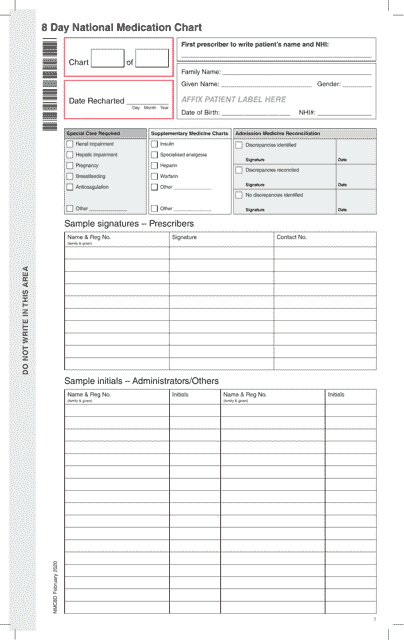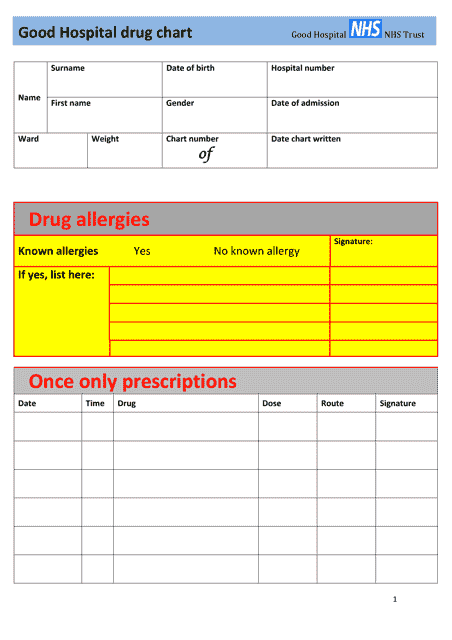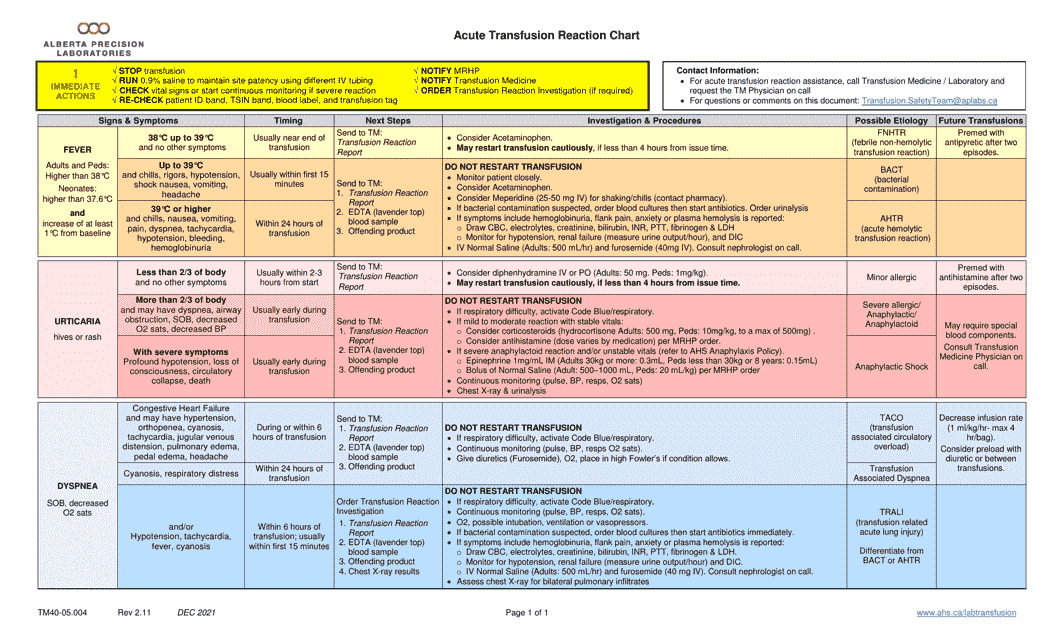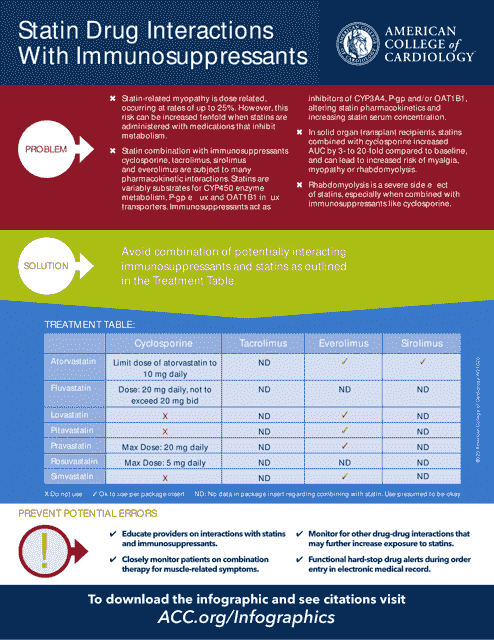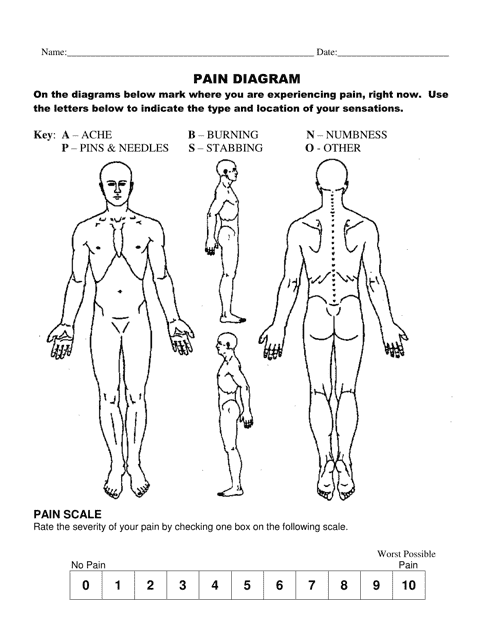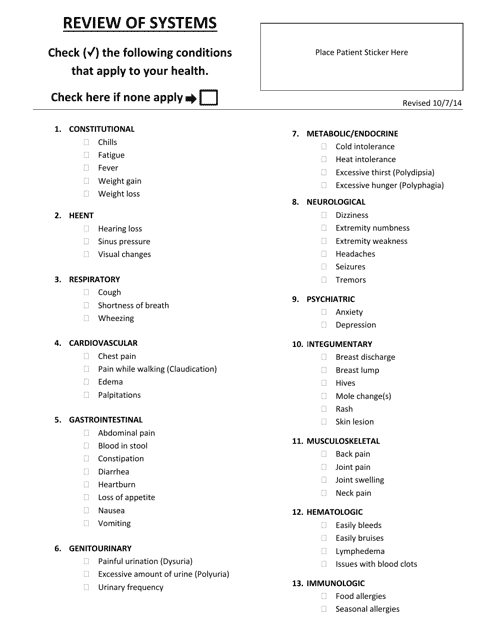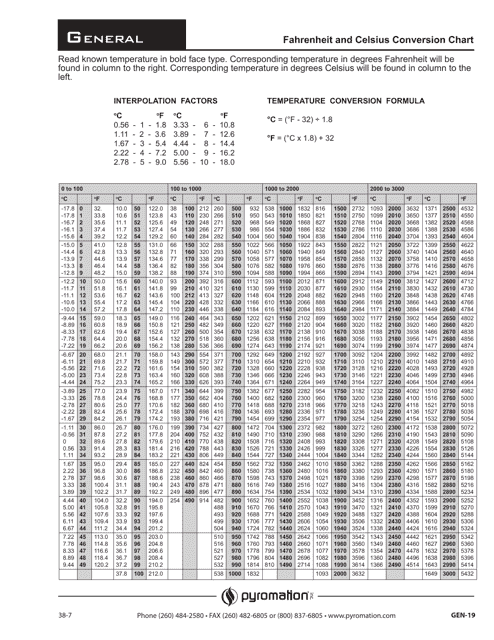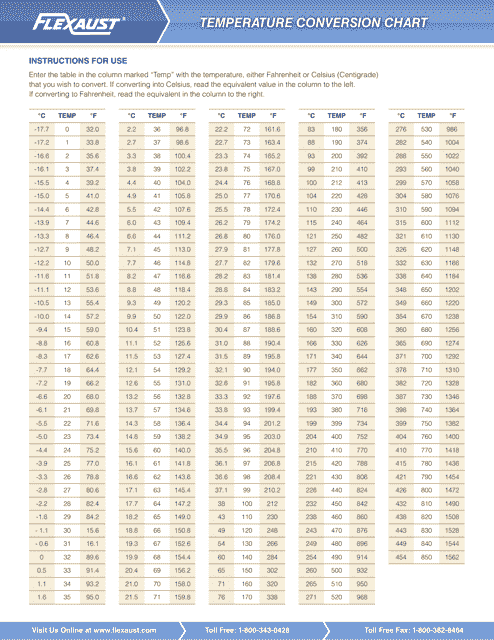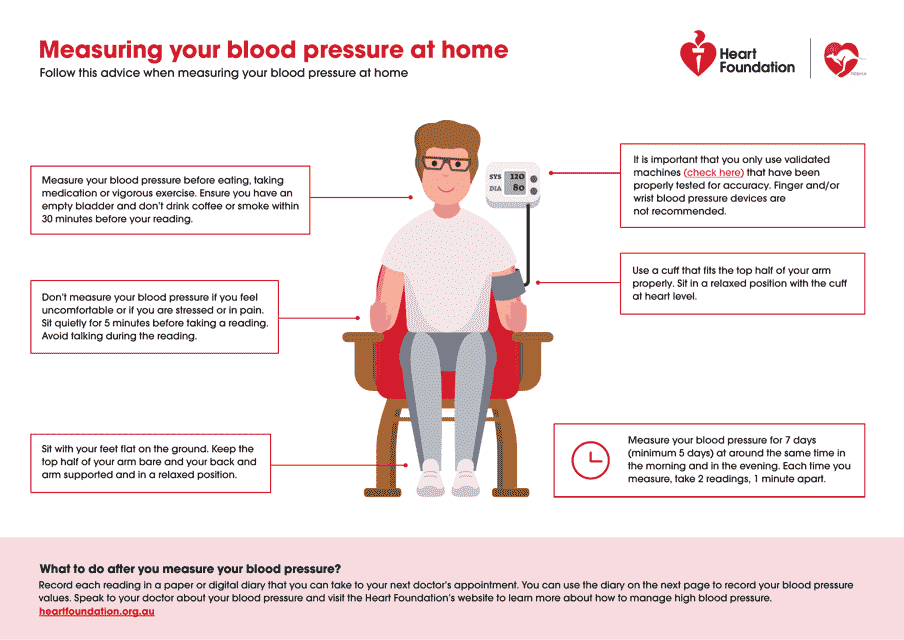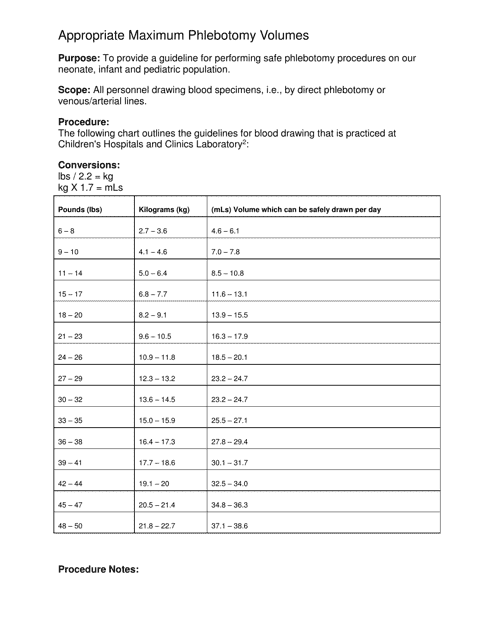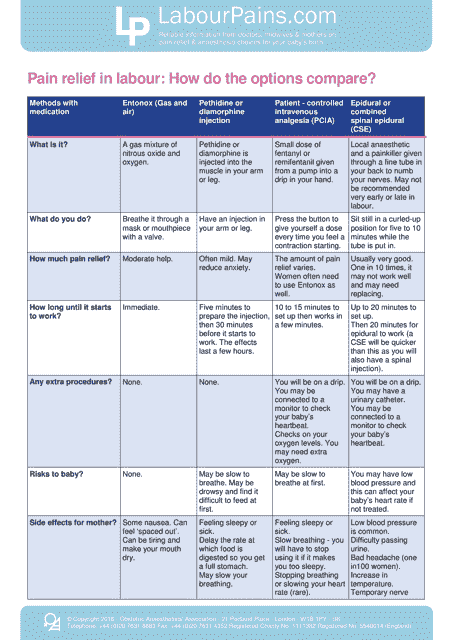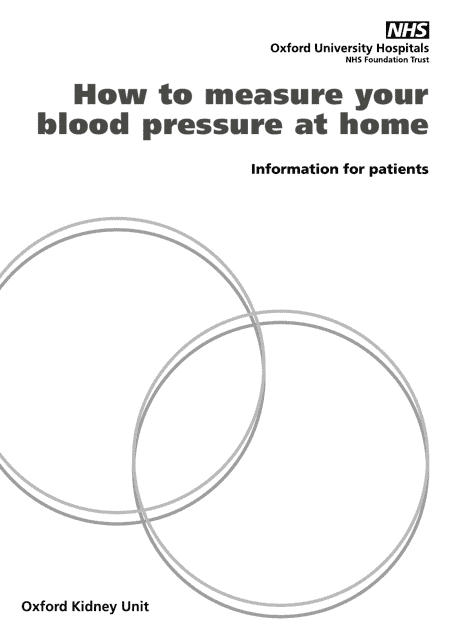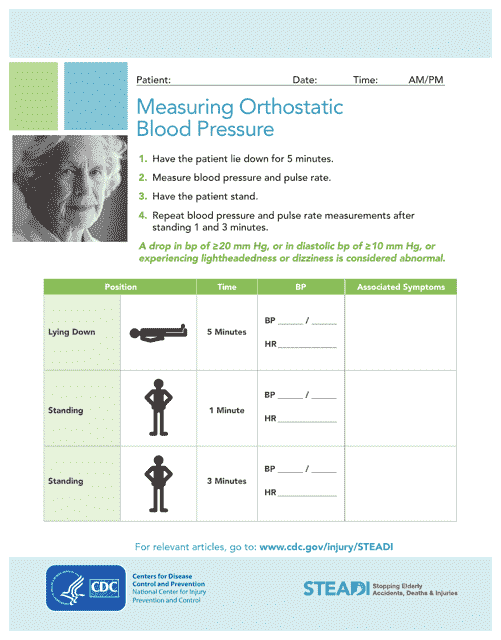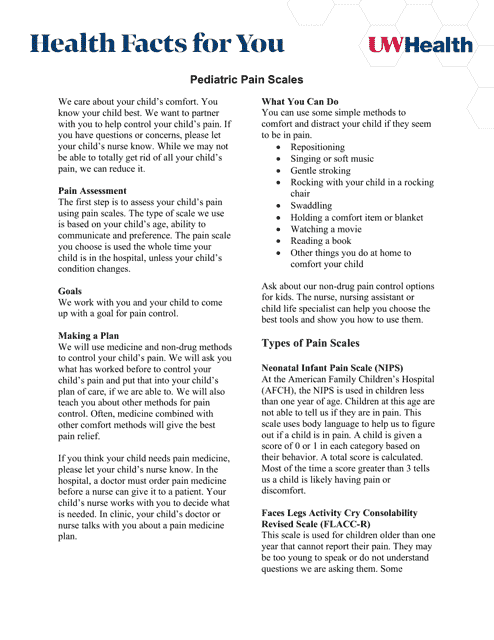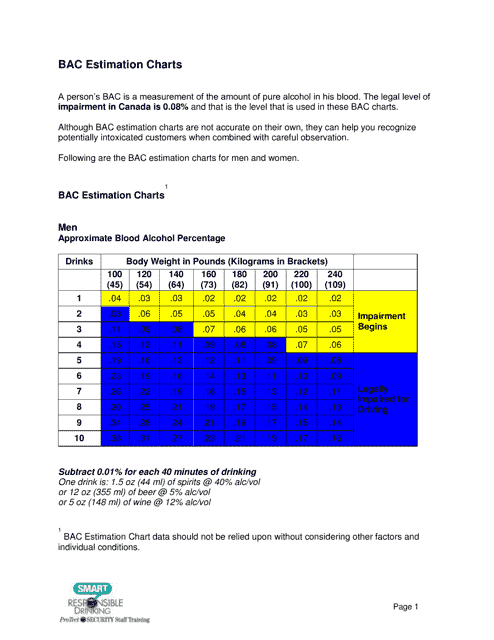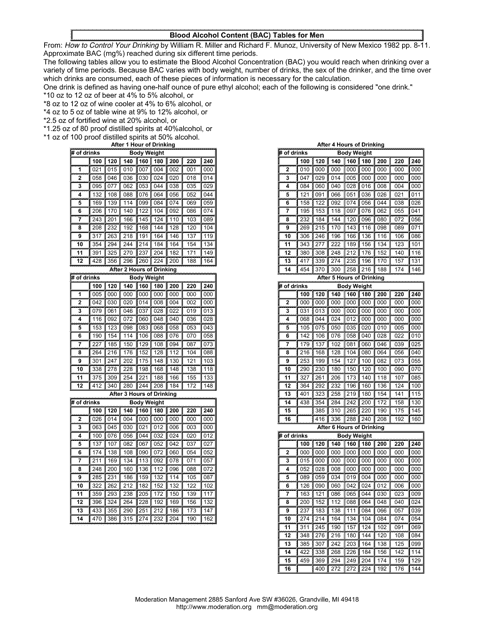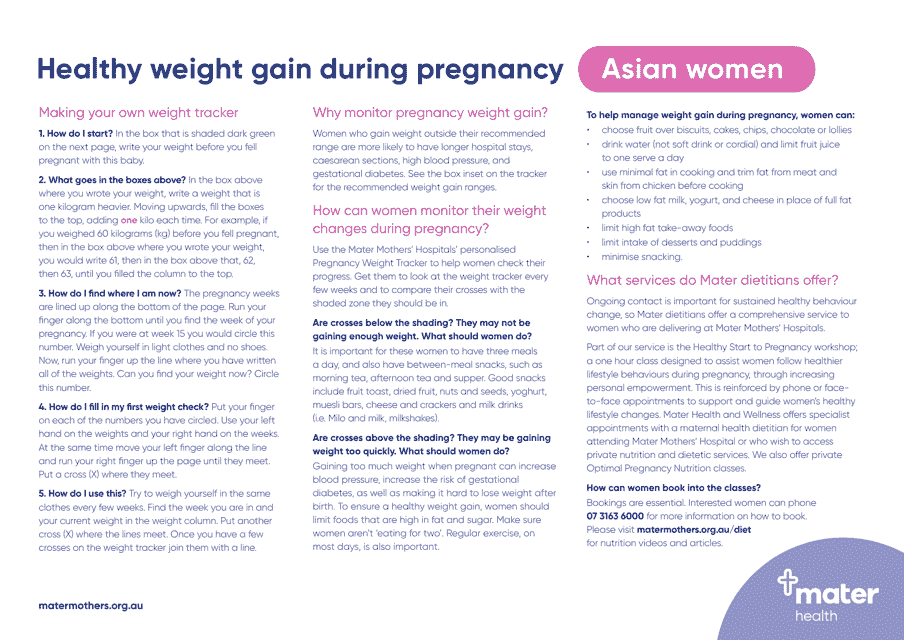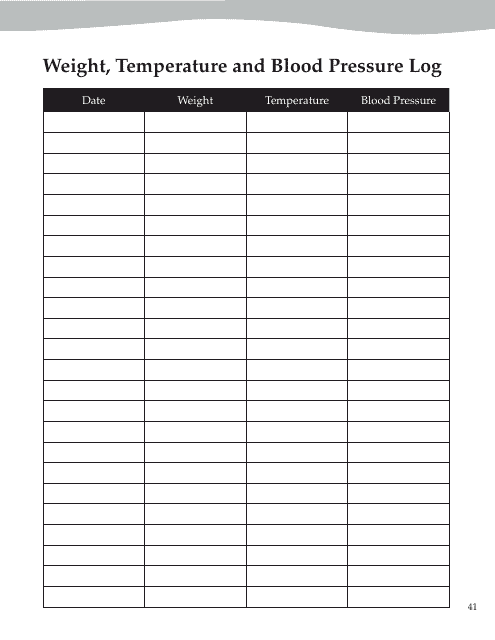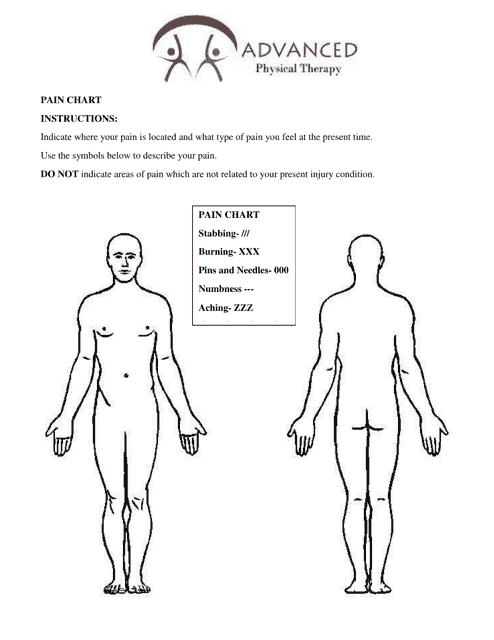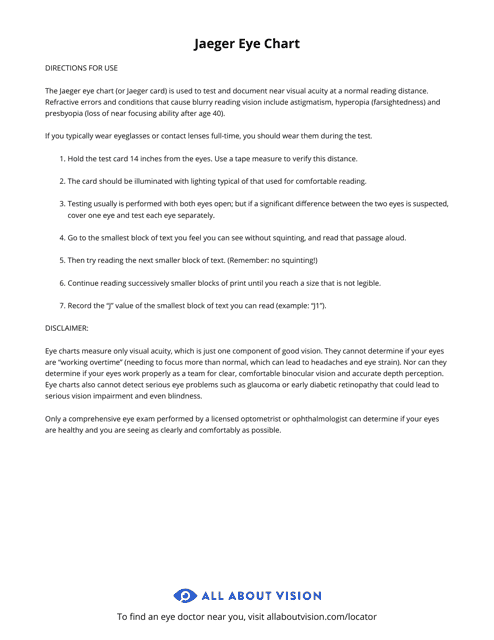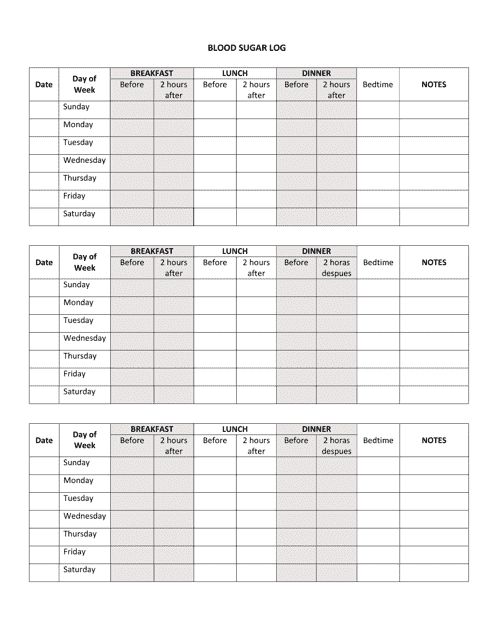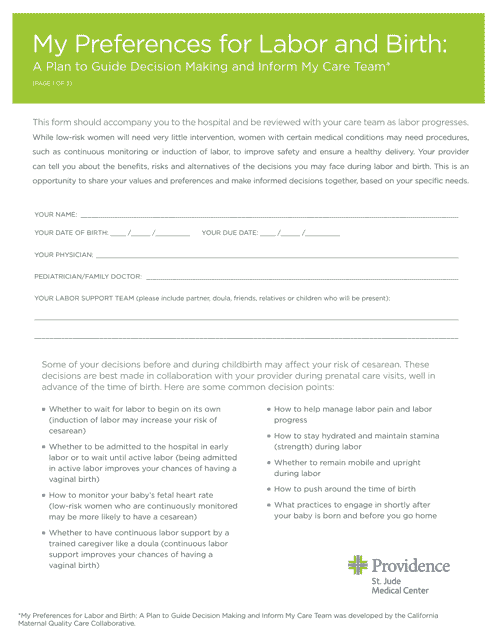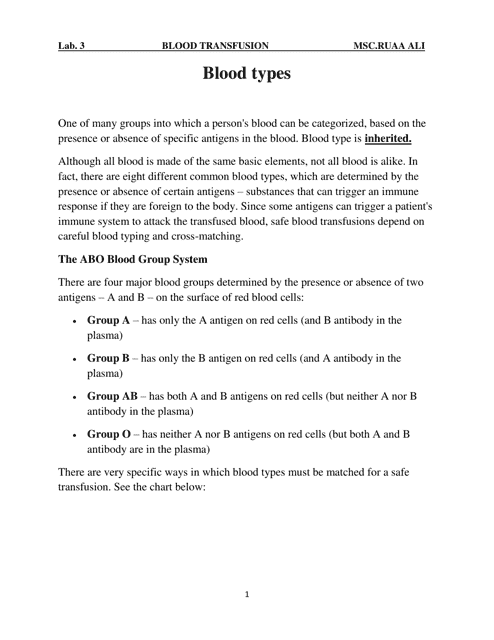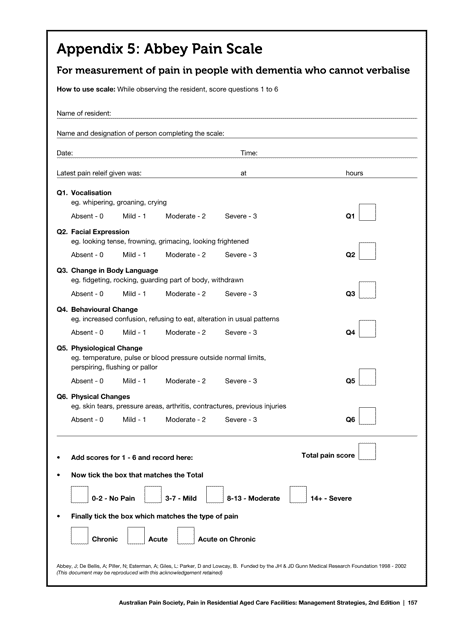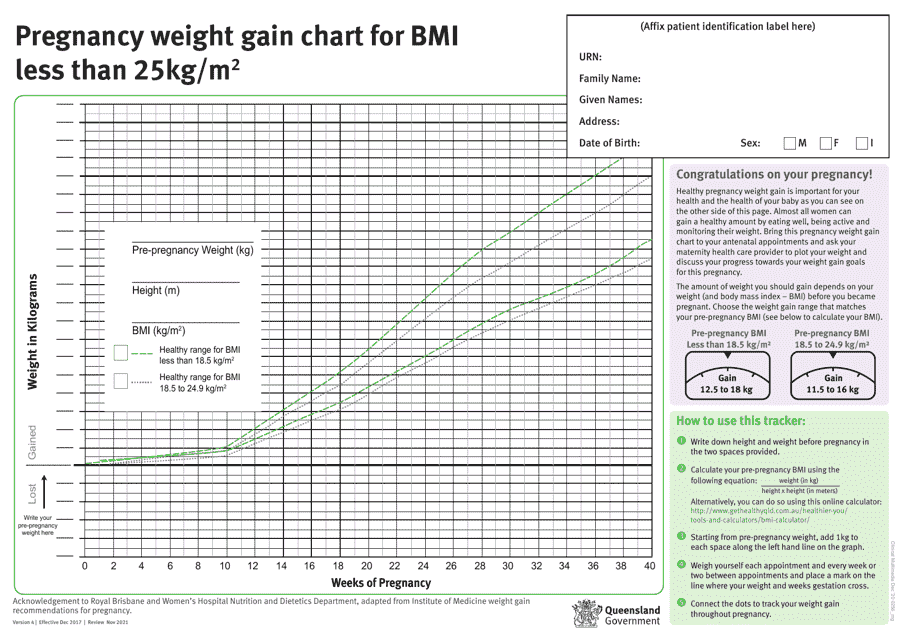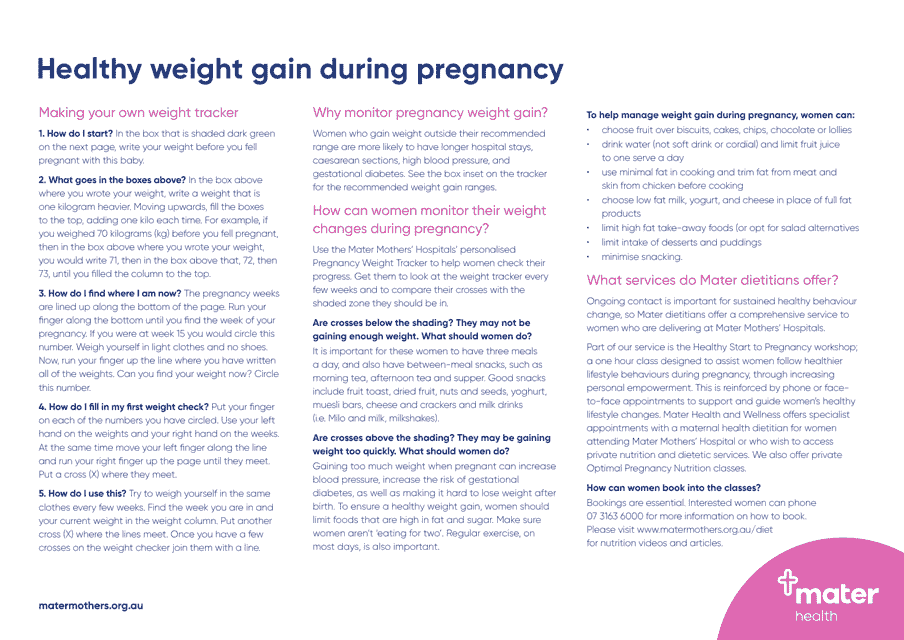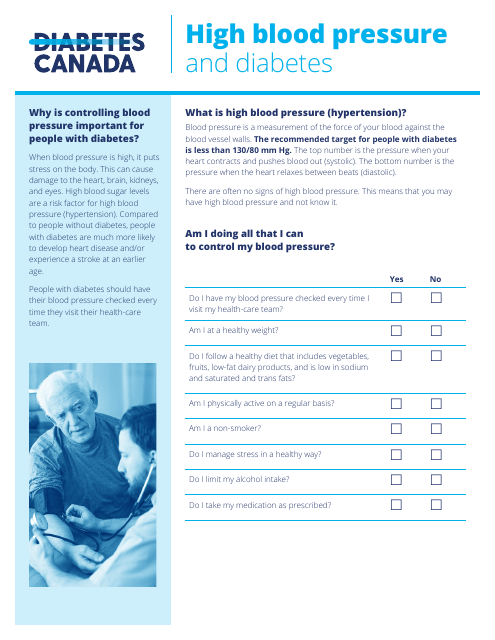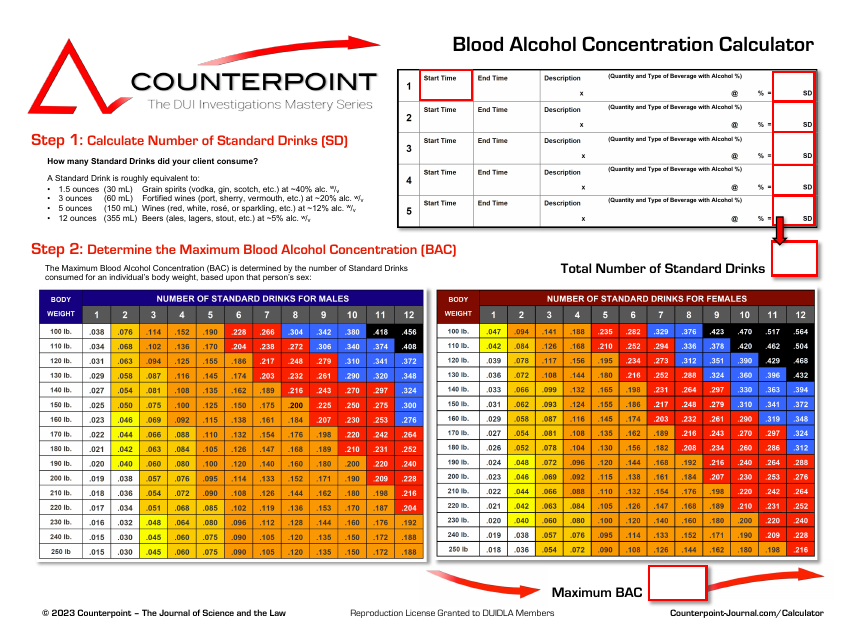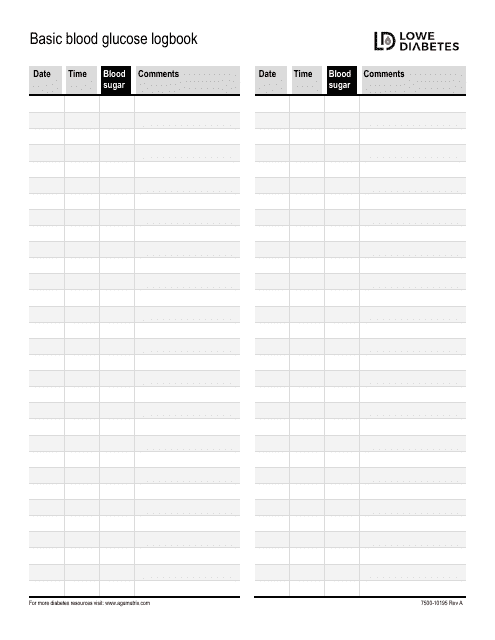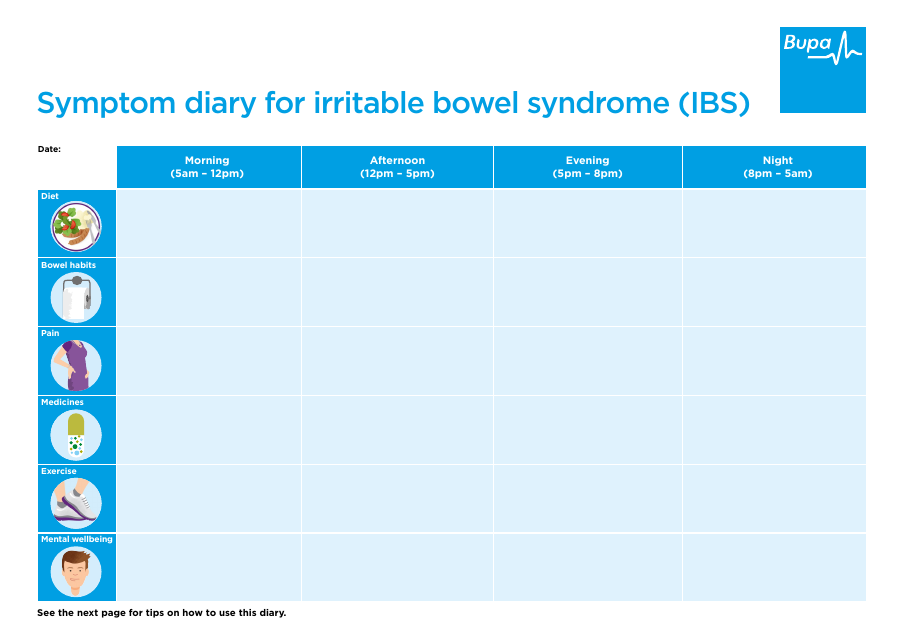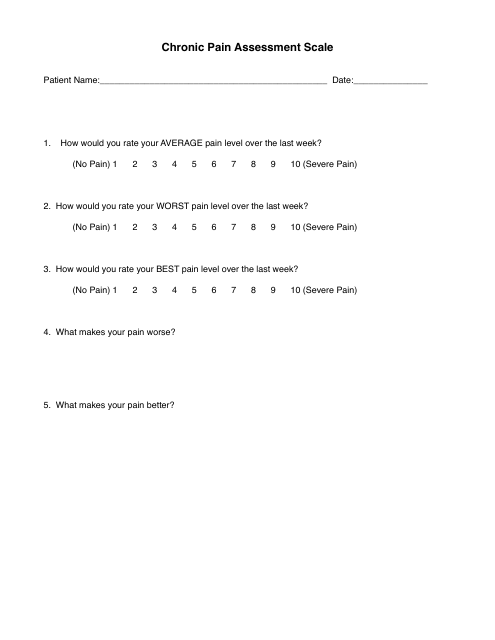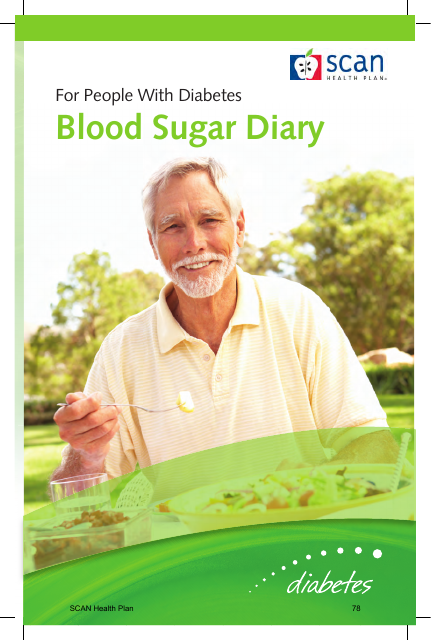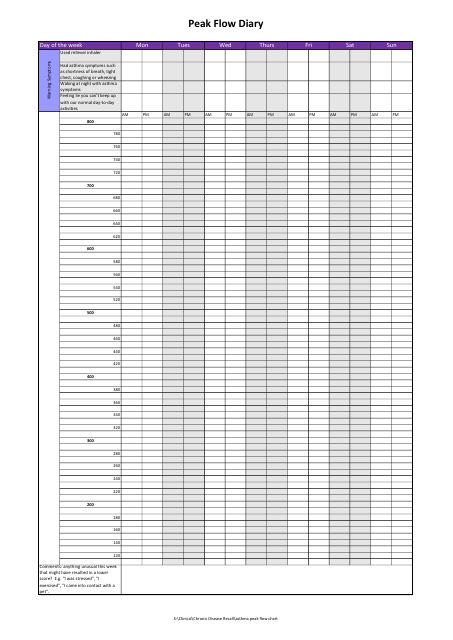Medical Forms and Templates
Documents:
1718
This document is used for keeping track of medications over an 8-day period. It helps ensure that the right medications are taken at the right times.
This document is a comprehensive chart that provides information about the drugs prescribed in hospitals. It includes details such as dosages, indications, and potential side effects for various medications. This chart is an invaluable tool for healthcare professionals in ensuring safe and effective treatment for patients.
This document provides a chart for identifying and managing acute transfusion reactions in Alberta, Canada. It helps medical professionals respond appropriately to any adverse reactions that may occur during a blood transfusion.
This document provides a detailed illustration of how blood circulates throughout the human body, indicating the pathways through the heart, lungs, arteries, and veins. It is essential for healthcare professionals, medical students, and anyone interested in understanding the cardiovascular system.
This document provides a compatibility chart for statin drugs and immunosuppressant medications. It helps doctors and healthcare providers identify potential interactions between these medications and make informed decisions about treatment.
This document is a blood glucose tracker provided by Novo Nordisk. It is used to keep track of blood glucose levels.
This document is for recording and mapping the location and intensity of pain experienced by an individual. It is often used in medical settings to track and communicate pain symptoms.
This document is used for reviewing and documenting a patient's existing medical systems and conditions. It helps healthcare providers get a comprehensive overview of the patient's health.
This document provides a chart for converting temperatures between Fahrenheit and Celsius. It helps you easily convert temperature measurements from one unit to another.
This document provides a chart for converting temperatures between different units of measurement, such as Celsius, Fahrenheit, and Kelvin.
This document is a blood pressure diary provided by the Heart Foundation. It helps individuals keep track of their blood pressure readings over time.
This chart helps determine the maximum volume of blood that can be safely drawn during a phlebotomy procedure.
This document compares different methods of pain relief during labor. It is helpful for expectant mothers and provides information on various options available for pain management during childbirth.
This document is a worksheet used by pet owners in Canada to track and monitor their pet's glucose levels over a period of time. It helps in managing diabetes in pets.
This type of document is a weekly log for tracking and recording your home blood pressure readings. It helps you monitor and keep a record of your blood pressure levels over time.
This document is used for recording blood pressure measurements while changing positions from lying down to standing up.
This document provides a tool for healthcare professionals to assess and evaluate pain in pediatric patients. It helps in determining the severity of pain and finding appropriate treatment options.
This document provides information on different pediatric pain scales used to assess and measure pain levels in children. It includes descriptions of the various scales and how they are used by healthcare professionals to evaluate and manage pain in pediatric patients.
This document provides estimation charts for calculating the blood alcohol content (BAC) based on various factors such as weight, number of drinks, and time elapsed. It helps individuals understand the approximate level of intoxication based on their alcohol consumption.
This document provides tables to calculate blood alcohol content (BAC) based on the number of drinks consumed and the person's weight. It helps determine the level of alcohol in the bloodstream.
This document provides a pregnancy weight gain chart specifically for individuals with a BMI (Body Mass Index) of 25kg/m or over. It offers guidance on the recommended weight gain during pregnancy based on BMI category.
This type of document provides a weight gain chart specifically for Asian women during pregnancy. It is issued by Queensland Health.
This document is primarily utilized for maintaining a regular record of essential health parameters such as blood sugar levels, blood pressure readings, and body weight. It assists in monitoring overall health and helps in identifying any significant changes as early as possible.
This document is commonly utilized to register changes in weight, temperature, and blood pressure over time. It can be especially useful for health monitoring, tracking progress towards health goals, or presenting comprehensive medical history to your healthcare provider.
This document provides a visual representation of different levels of pain on a chart. It helps individuals communicate and track their pain levels with healthcare professionals.
This document is a visual tool used to assess and measure visual acuity for individuals. The Jaeger Eye Chart consists of various sizes of text printed on a chart, which the person being tested is asked to read.
This document is used for keeping track of your blood sugar levels over time. It helps to monitor and manage diabetes.
This form is used for expectant parents to outline their preferences for labor and the birth of their child. It allows them to communicate their wishes regarding pain management, delivery position, and other factors that can affect their birthing experience.
This document provides a chart that shows the compatibility between different blood types for blood transfusions.
This document provides a pain scale that is specifically designed for measuring pain in individuals with dementia who are unable to communicate verbally.
This type of document provides a pregnancy weight gain chart for women with a BMI lower than 25kg/m in Queensland, Australia. It helps expectant mothers track their weight gain throughout pregnancy.
This document provides a chart that helps expecting mothers track and manage their weight gain throughout pregnancy.
This worksheet is designed to help individuals who have both high blood pressure and diabetes manage their conditions. It is created by the Canadian Diabetes Association.
This document is designed for people with diabetes to efficiently track their daily blood glucose levels. It assists in keeping organized records, which is crucial for managing diabetes.
This document is a weekly diary for monitoring symptoms, stress levels, and diet related to Irritable Bowel Syndrome (IBS). It can help individuals track and manage their symptoms to better understand their triggers.
This document is a symptom diary specifically for individuals with Irritable Bowel Syndrome (IBS). It is used to track and record the various symptoms experienced by the individual, including digestive issues, abdominal pain, and changes in bowel habits. Keeping a symptom diary can help individuals better understand their IBS triggers and patterns, and can be useful in discussions with healthcare providers to develop an effective management plan.
This document is a chronic pain assessment scale used to measure and evaluate the severity of chronic pain in individuals. It helps healthcare professionals better understand and manage chronic pain symptoms for effective treatment.
This type of document is used to track and record blood sugar levels over a period of time. It helps individuals with diabetes or other medical conditions to monitor their blood sugar levels and make informed decisions about their diet, medication, and overall health.
This Form is used for monitoring and recording peak flow readings for individuals with asthma or other respiratory conditions. It helps track changes in lung function over time and provides valuable information for managing treatment.

